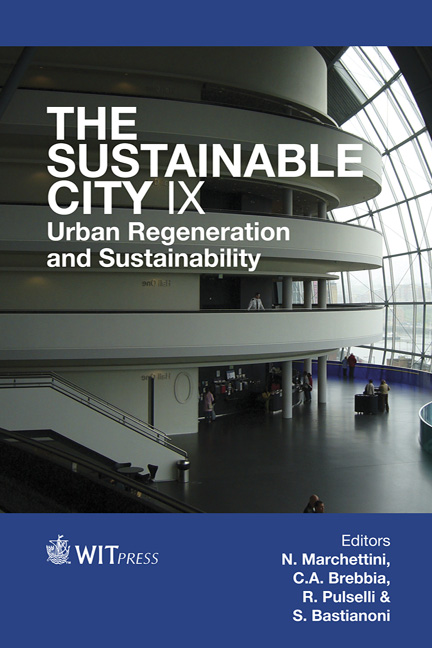From Space To Place In Urban Planning: Facilitating Change Through Participatory Action Research
Price
Free (open access)
Transaction
Volume
191
Pages
14
Page Range
463 - 476
Published
2014
Size
653 kb
Paper DOI
10.2495/SC140391
Copyright
WIT Press
Author(s)
W. J. Strydom, K. Puren
Abstract
Transforming space to place implies an open accountable process during which people can influence decision-making about how and what their physical spaces should become. Spatial planning plays a prominent role in this process as planning is an important change agent to enhance democracy. While communicative planning theory serves as a theoretical framework to follow a participatory approach in urban planning, the practical application of this theory is questioned. Participatory Action Research (PAR) aims to develop equal distribution of power in terms of decision-making by embracing values such as empowerment, social justice and equity, collaborative relationships, learning and respect towards diversity. This research describes the use of PAR in urban planning by proactively including community members in transforming an open space to place in their neighbourhood. The study area, located in Ikageng, Potchefstroom, South Africa, is facing stark socio and economic realities after Apartheid. A qualitative research approach was followed where no extraneous influences occurred. Data was generated by focus group discussions about participants’ experiences and expectations of the process followed. The findings suggested that the process followed created a platform for change in terms of (i) the physical site (upgrade, beautification and functional use), (ii) social change (the formation of positive relationships) and (iii) psychological change (pride, sense of ownership, the development of responsibility and respect for diversity). PAR is suggested as a valuable method for planners to create meaningful places while space is used as a platform for personal and collective change.
Keywords
space, place, Participatory Action Research (PAR), spatial planning, qualitative research





